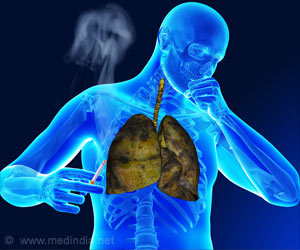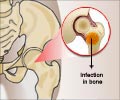The growth of the bacteria and the phase of the cell division cycle that bacteria were in when exposed to the antibiotic had an impact on the response to drugs.

‘Mycobacteria that are smaller or at the beginning or end of their cell division cycles were most susceptible to antibiotics, while larger cells were the most tolerant.’





"Our study shows that bacteria in a population that we thought of as being identical are actually not. Even simple differences such as how big they are at birth correlate with differences in how they respond to drug treatment," said senior study author Bree Aldridge, Ph.D., assistant professor of molecular biology and microbiology at Tufts University School of Medicine and adjunct assistant professor of biomedical engineering at Tufts University School of Engineering. "We hope we can eventually use these insights to help engineer new, rational drug combinations that can more effectively treat tuberculosis and other diseases by specifically targeting the cells that are slower to respond to antibiotics." Aldridge and her team, including Kirill Richardson, M.S., a research technician in Aldridge's lab, based their study on Mycobacterium smegmatis, a fast-growing, non-pathogenic relative of M. tuberculosis. The researchers were able to analyze the responses of individual bacteria to rifampicin, a core frontline antibiotic used to treat tuberculosis. This was accomplished through the use of live-cell microscopy, microfluidic and imaging tools, and mathematical models.
Identical, But Not the Same
In a previous study, Aldridge and her colleagues demonstrated that mycobacteria divide asymmetrically -- despite being genetically identical, one of the two daughter cells will usually be longer and faster growing than its twin. In the current study, the team found that these longer bacteria were least affected by rifampicin. Bacteria that inherited a mature growth pole, the cellular structure where growth originates, from its mother cell were also slower to respond to the antibiotic.
The researchers found that timing -- specifically, the phase of the cell division cycle that bacteria were in when exposed to the antibiotic -- had a significant effect on susceptibility. Rifampicin susceptible bacteria were small and at the beginning stages of their cell cycles, or larger and at the end stages of their cell cycles. Bacteria in the middle of their cell cycle were least affected by the antibiotic.
Advertisement
Advertisement














